Ottawa's $450M question: To burn our trash or not to burn our trash?
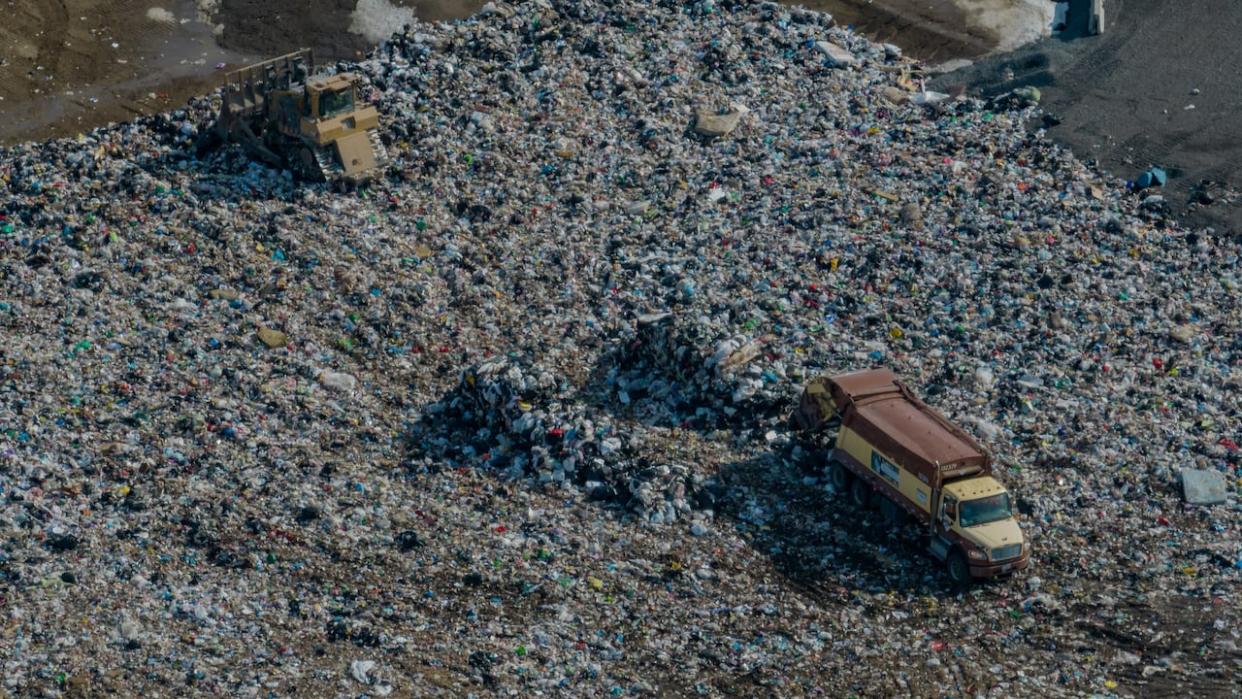
Anyone approaching the waste-to-energy facility in Clarington, Ont., will notice the tall, thin smokestack with its twisting white plume of condensed steam.
Take a closer look and you'll see the 30-odd garbage trucks arriving daily to dump their loads of trash — fuel for the energy-generating turbines within.
A large digital sign lists the real-time emissions of hydrochloric acid, carbon monoxide, ammonia and other byproducts of the constant burning, as well as the levels considered safe according to government standards.
"I don't think there's anything to worry about, right?" said facility manager Ben Parayankuzhiyil during a recent tour. "I live in the community. I work here. I spend eight-plus hours a day here on site and I'm not worried."
But many are worried, including groups over 300 kilometres away in Ottawa.
The city is considering a facility very similar to the Durham York Energy Centre as a possible solution to replace the Trail Road landfill, which is nearing capacity.
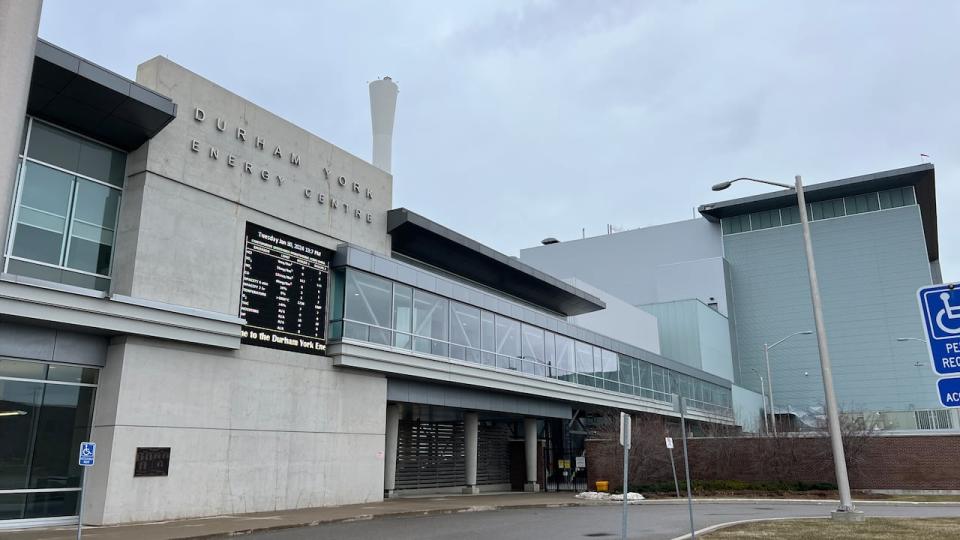
A large digital screen outside the Durham York Energy Centre displays the latest emissions readings alongside mandated standards. The City of Ottawa is considering a similar waste-to-energy incinerator. (Frédéric Pepin/Radio-Canada)
How waste-to-energy incineration works
Inside the Clarington facility, a giant metal hook lifts a mound of garbage from a holding area.
Among the black trash bags, other recognizable items stick out: a blue cooler complete with lid, a rolled-up carpet and a yellow foam mattress topper.
Every 15 minutes, the hooks carry a new load of garbage to the boilers, which must remain fed so they can burn hot and continuously. Facility managers say that's the best way to limit emissions.
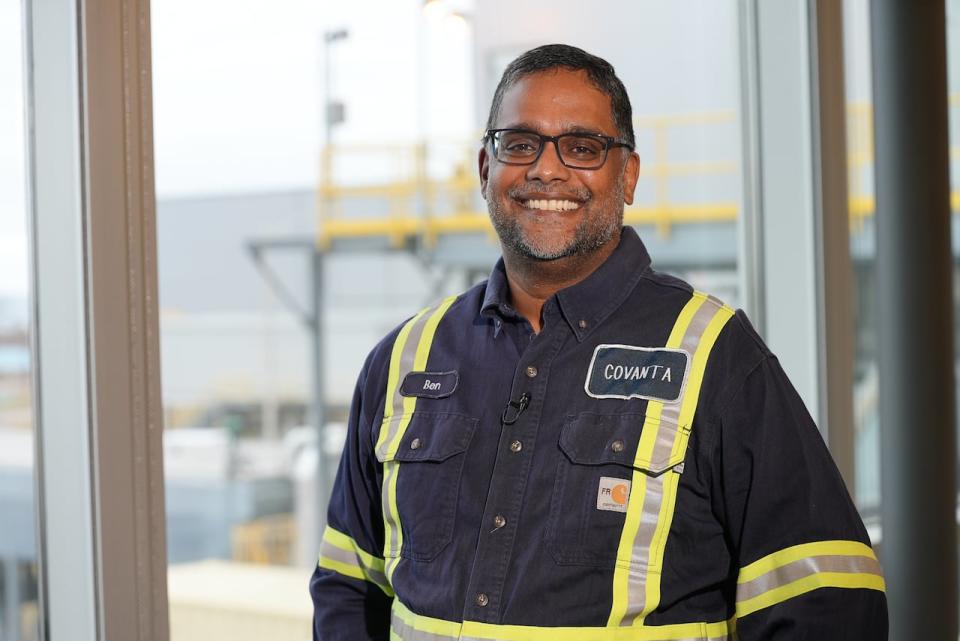
Ben Parayankuzhiyil is the facility manager for the Durham York Energy Centre. He's employed by its private partner Covanta. (Simon LaSalle/Radio-Canada)
The burning trash heats water to produce steam, propelling turbines to create enough electricity each year to power 10,000 homes.
"I see a future where we have plants like this all over the place," said Parayankuzhiyil, who works for the private half of this public-private partnership, Covanta. "I don't know why every community isn't looking at this."
But it was not an easy sell back in June 2009, when 12 regional councillors voted against the incinerator.
Chair and CEO John Henry was among those dissenting voices, but is now satisfied with the results.
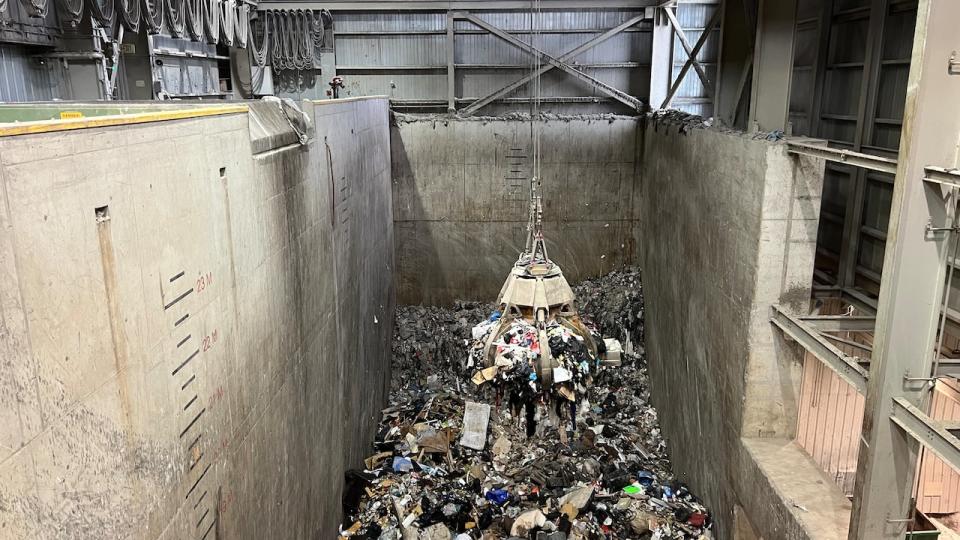
A grapple grabs a pile of garbage from a containment room at the Durham York Energy Centre. One load is sent to the boilers every 15 minutes. (Frédéric Pepin/Radio-Canada)
"It's working for the region, and I'm happy with where we are today," he said.
Durham's facility was built to rely on 140,000 tonnes of garbage, or all of Durham's garbage and 30 per cent of what's produced by York Region. It cannot function with any less, and soon hopes to take on more.
Durham is lobbying for provincial permission to expand the facility to receive 160,000 tonnes of refuse per year to keep up with population growth, a process that's so far taken two years.
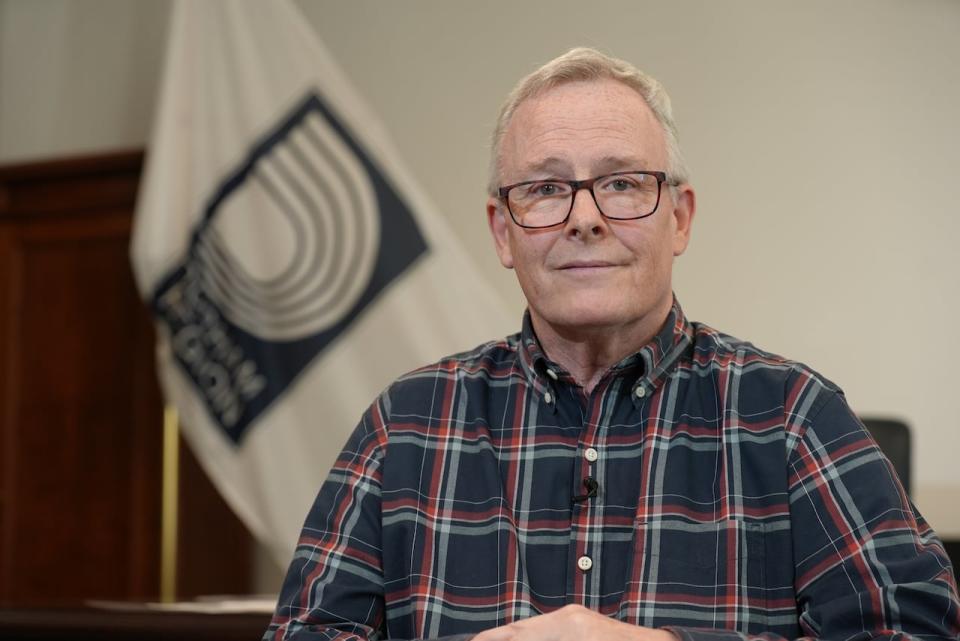
John Henry is regional chair and CEO of the Regional Municipality of Durham. He was against the incinerator when the project first came before council, but now supports it. (Simon LaSalle/Radio-Canada)
What Ottawa needs to know
Staff at the City of Ottawa are working on a fast-tracked feasibility study for an incinerator, set to return to council by mid-2025.
From a garage overlooking the Trail Road landfill, Nichole Hoover-Bienasz, manager of long-term planning with solid waste services, told CBC the city is "diving in deep" to consider "the financials, the environmental considerations, as well as health impacts."
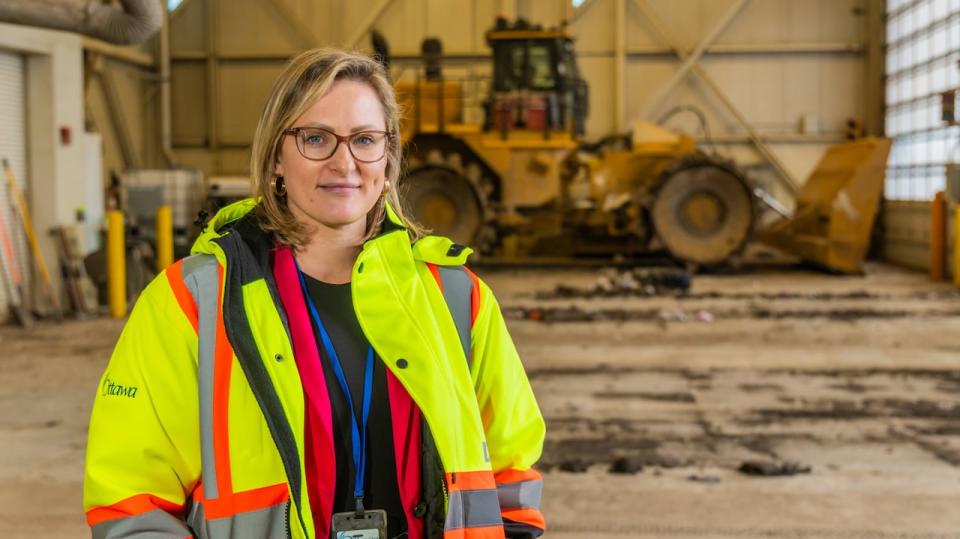
Nichole Hoover-Bienasz, manager of long-term planning with Ottawa's solid waste services, says staff are taking a 'deep dive' into the idea of an incinerator. They will present a report next year looking at what kind of waste-to-energy technology would be best suited to the city, along with recommendations on partnering with private companies, financing and how much trash the city could accommodate. (Michel Aspirot/CBC)
The technology is just one of several "proven technologies" the city may decide on.
Ottawa could also build a new landfill or a mechanical sorting machine to ensure fewer recyclable objects end up among the growing piles of trash.
"No matter what, we're going to be generating waste, and as Ottawa continues to grow we need to make sure we have a means to deal with that," said Hoover-Bienasz.
There is also no getting around emissions, she said. Landfills create their own greenhouse gases, including carbon dioxide and methane.
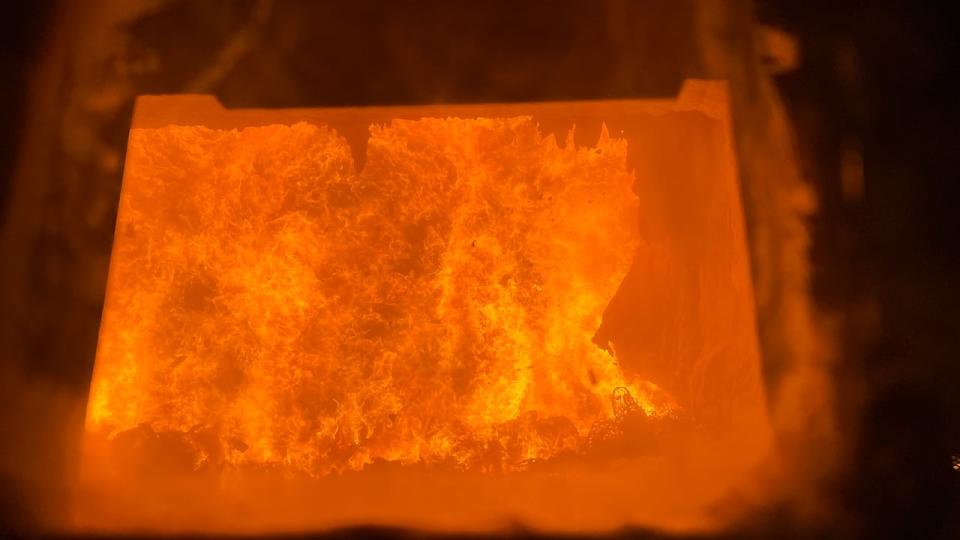
A look inside one of the boilers at the Durham York Energy Centre. The waste-to-energy incinerator needs to burn non-stop in order to reduce emissions. (Frédéric Pepin/Radio-Canada)
The debate over a new incinerator plan, nearly a decade after the city reached an out-of-court settlement to release itself from a disastrous agreement with Plasco Energy Group, will likely spark fierce debate, especially given the immense public pressure that accompanied recent council discussions on curbside pickup limits.
But if nothing is done, the city has said the landfill will be full in little more than a decade.
Even if councillors vote this term to approve a lengthy action plan with more than 50 proposals, the landfill's lifespan will only be extended by 14 years.
Expert warns of 'crisis-driven' decision-making
Myra Hird, a Queen's University professor who specializes in waste studies, said she's concerned about this "crisis-driven" decision-making.
"Ottawa is not unique in this problem, where landfills are reaching capacity," she said. "They're on a timeline. They're under pressure to make decisions."
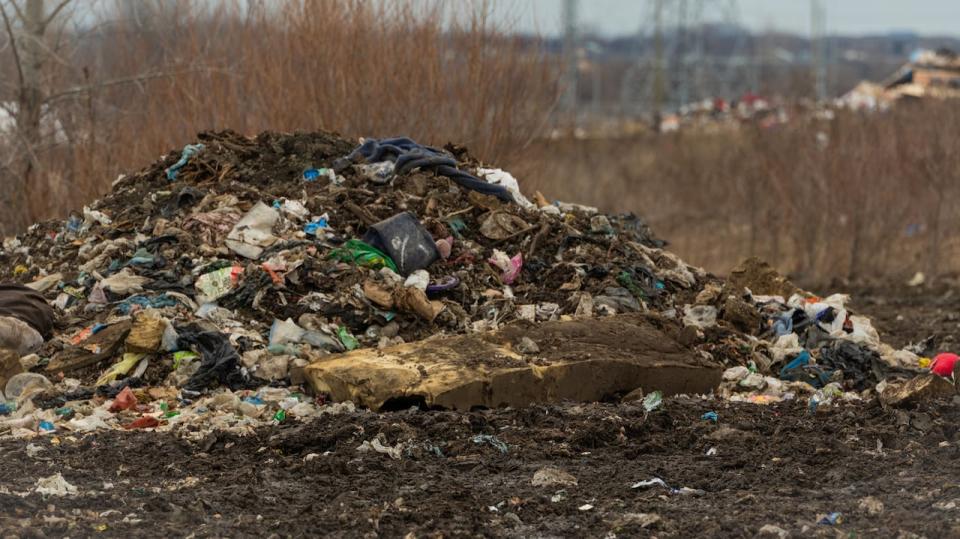
A newly formed pile of trash at the Trail Road landfill, which could fill up within about a decade. (Michel Aspirot/CBC)
While incinerators get rid of the vast majority of trash, Hird said they also create new waste.
Fine particles called "fly ash" drift up the flue, while a coarser "bottom ash" settles at the base of the boiler and must be trucked to a landfill.
Hird cautioned that the disposal costs, combined with the high construction and maintenance costs, mean waste-to-energy conversion is not the "economic no-brainer" it might seem.
Building an incinerator similar to the facility in Clarington would cost $450 to $500 million, according to the city's estimates, with annual operating costs of an additional $25 million.
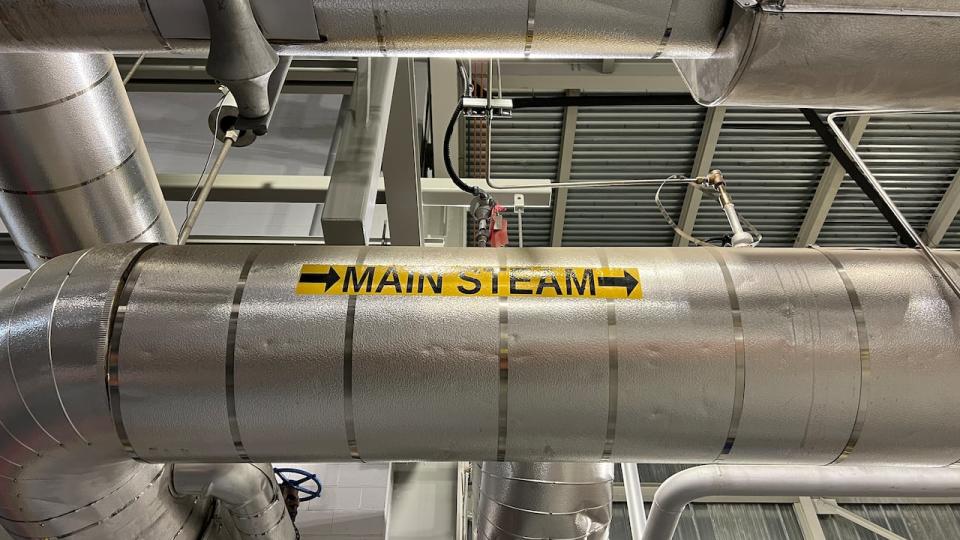
Steam produced by burning garbage at high temperatures travels through pipes to turbines, where it produces electricity. The Durham York Energy Centre produces enough energy to power 10,000 homes per year. (Frédéric Pepin/Radio-Canada)
Ottawa would burn 180,000 tonnes per year
The average household in Ottawa produces almost one tonne of waste each year, according to the city's draft solid waste master plan. Garbage collection brought more than 190,000 tonnes to landfill in 2022.
One of the tasks of the feasibility study will be to decide how much waste the incinerator would need to handle each year.
Hoover-Bienasz said current predictions, taking into account population growth and ongoing efforts to improve how much waste is diverted to recycling and organics processing programs, peg the number at about 180,000 of dry waste suitable for burning within 30 years.
If Ottawa goes forward with an incinerator, it would need to be sure of that figure.
Durham's request to boost its capacity has been chugging through the bureaucratic cogs at Queen's Park for two years now.
Reducing the amount of trash once an incinerator project is approved is also out. So if diversion efforts bring trash below the set tonnage, Ottawa would need to harvest it from its landfill, accept another form of industrial waste or garbage, or even truck in refuse from outside the city.
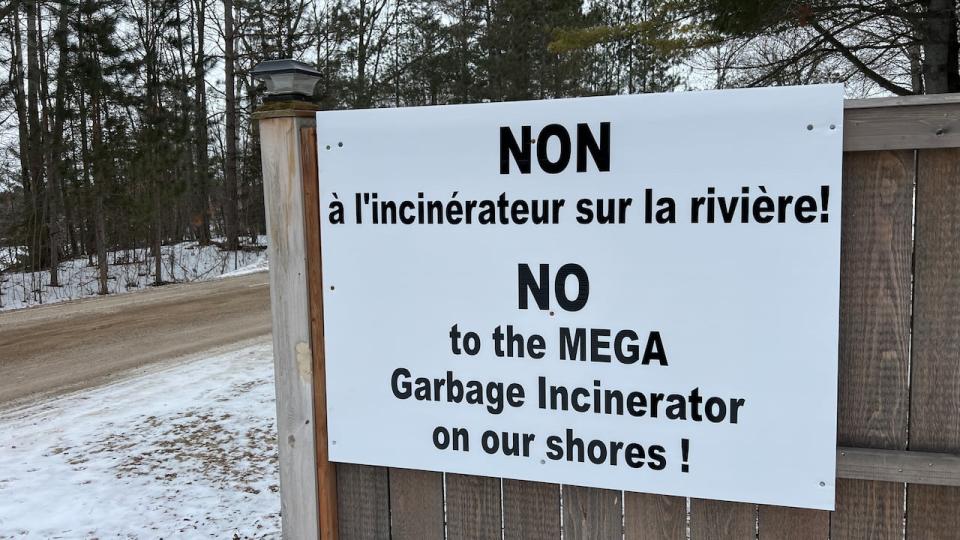
The Pontiac Region, Durham Region and the City of Ottawa have all faced opposition to the idea of a waste-to-energy incinerator. (Simon LaSalle/Radio-Canada)
Pontiac vying for Ottawa's trash
On the other side of the river, one nearby region is hoping Ottawa will explore a different option.
The Regional Municipality of Pontiac has a lofty goal for its own incineration plans, aiming to create a facility more than twice the size of Durham Region's by accepting waste from communities on both sides of the Ontario-Quebec border.
"This project is a great opportunity for the Pontiac, but more than that, it's an opportunity to be a great neighbour to the regions around us," said Pontiac Warden Jane Toller.
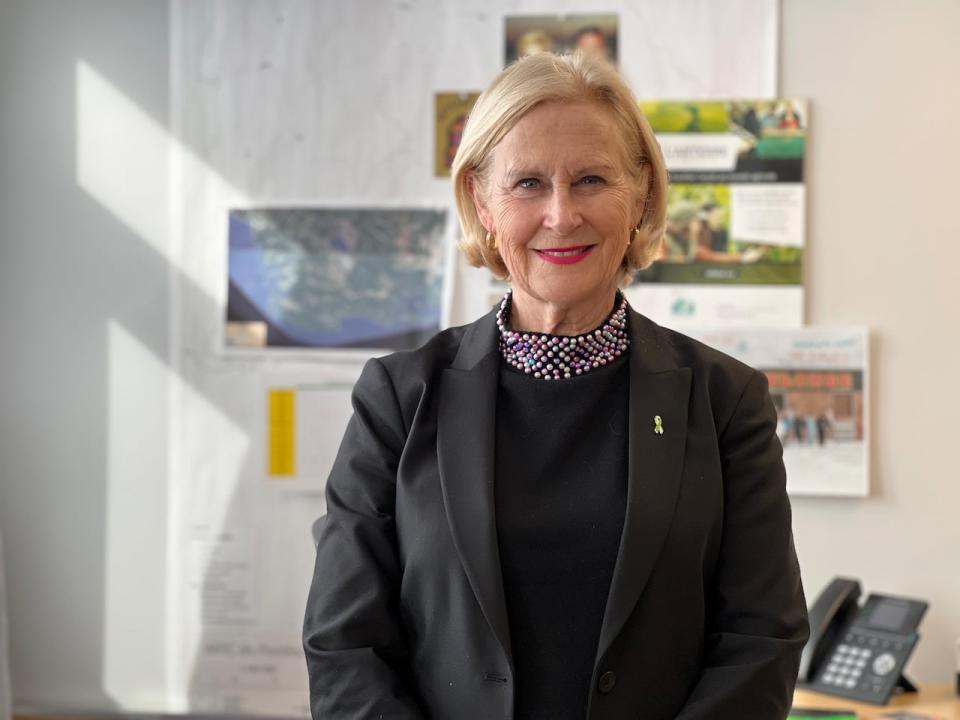
Jane Toller, warden for the Regional Municipality of Pontiac, is advocating for Ottawa to ship its trash to her community's proposed incinerator. (Simon LaSalle/Radio-Canada)
The politician has been a supporter of the technology since her time as a Toronto city councillor.
She said the scale at which her community hopes to build its incinerator would allow it to provide Ottawa with an affordable "tipping fee," the cost to drop off a truckload of trash.
The project also represents an opportunity for Pontiac Region to become an economic powerhouse.
"This is what I was elected to do. We can't be a leader in forestry anymore. We can't be a leader in agriculture, but we can be a leader in waste management," Toller said.
Toller is hopeful about her community's prospects for getting financial help to build the new infrastructure, and a pass on regulations barring trash from being shipped across provincial borders.
Once that's in place, Toller is confident Ottawa will see that signing on means avoiding what's sure to be a contentious debate on where to build a new landfill in the capital. The councillor representing the ward where the Trail Road landfill is located has said his residents don't want to host another one.
Hoover-Bienasz confirmed Ottawa is also considering Toller's offer, but said staff need to look at the trucking costs and the emissions that travel would generate.
Not so fast, say environmentalists
Back in Durham, a member of the region's incinerator advisory group wants Ottawa to think twice.
"Incineration is bad for the environment," Wendy Bracken said. "It's bad for climate change. It's bad for taxpayers."
She worries about the long-term effects of burning trash, especially related to dioxins and furans.
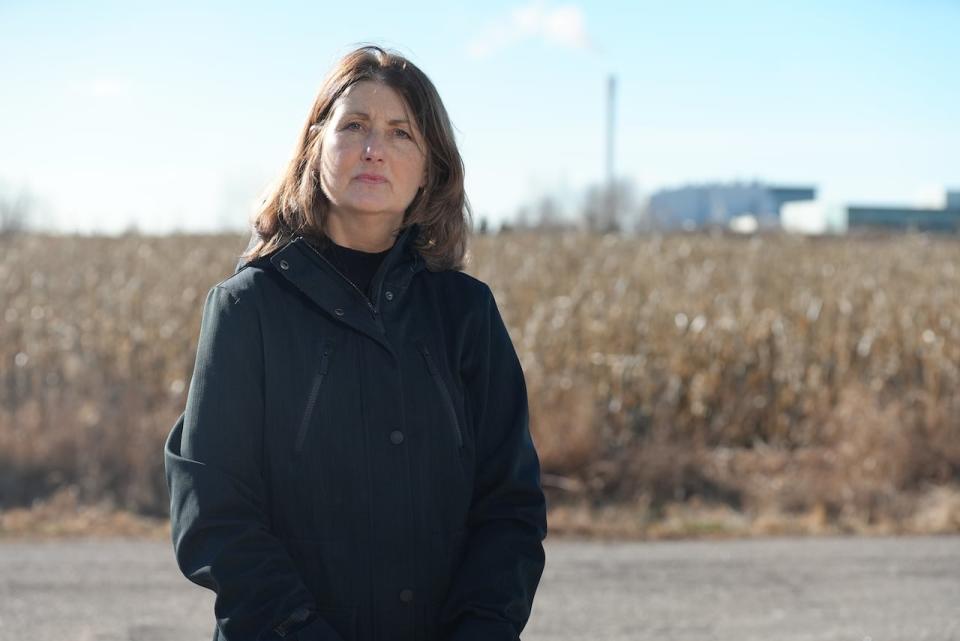
Wendy Bracken is part of the advisory committee for the Durham York Energy Centre. (Simon LaSalle/Radio-Canada)
The toxic chemicals are created through combustion and, according to Health Canada, have been linked to various health risks, up to and including forms of cancer.
Facility managers in Clarington said their garbage burns at such a high temperature — 1,000 C — that any toxins are destroyed. Covanta also defends its twice-yearly testing for the toxins as proof emissions are well below set standards.
Beyond health concerns, Bracken questions whether the cost of running the facility would be better spent on diversion efforts.
"It's very costly and it takes us away from dealing with our waste at the front end," she argued. "This is a back-end solution that's very polluting."
Waste Watch Ottawa agrees.
"I can understand why a politician — well, anybody — would think of this, because it's the simple solution," said Brian Tansey. "It sounds so neat, so tidy."
But the longtime environmental advocate said burning garbage is "the wrong solution for the planet" because it doesn't push consumers to rethink bad habits.
Hird believes there's merit in the idea that incineration gives a "social licence" to create trash, pointing to studies that suggest recycling programs curtailed efforts to reduce waste because people thought those products would be taken care of.
"The bigger problem is that if we go with incineration or waste-to-energy, or we site a new landfill, there's no real incentive to decrease the amount of waste we're producing in the first place," Hird said.
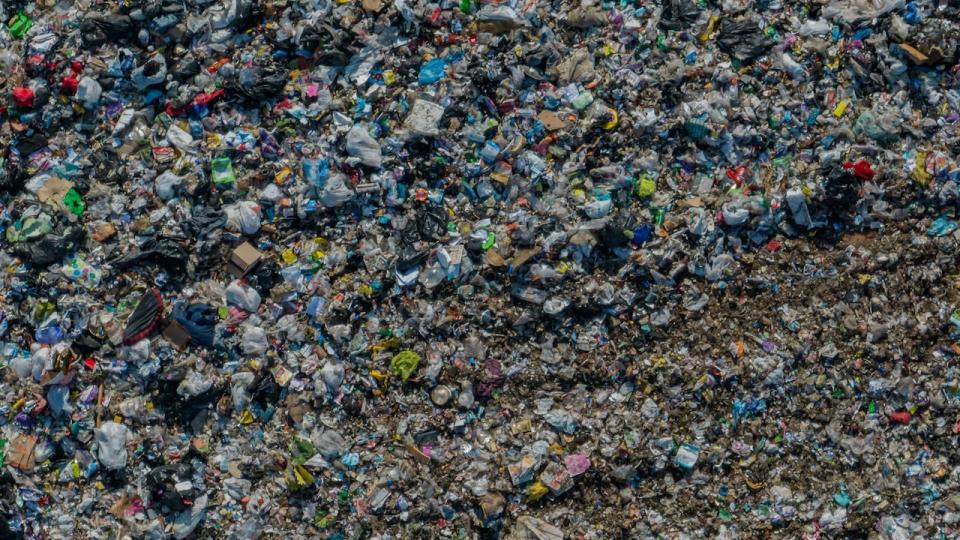
Bags of trash and other loose items are seen at the Trail Road landfill on Feb. 27, 2024. (Michel Aspirot/CBC)
'No silver bullet' to garbage conundrum
Looking out on the Trail Road landfill, Hoover-Bienasz said concerns about the psychological effects of burning garbage to create energy are valid.
But she emphasized there is "no one solution."
The city is looking at options that combine garbage policies, including the potential to build both an incinerator and a garbage-sorting machine, while continuing with diversion projects such as boosting recycling bins in parks and piloting a project to shut garbage chutes and force high-rise dwellings to take their trash to sorting stations.
Ottawa already has a landfill gas-capture program, and is exploring the use of anaerobic digestion — where microorganisms eat the trash — to speed up the decomposition of organic waste while creating biogas.
"There's no silver bullet solution to our waste challenges," Hoover-Bienasz said.
The city wrapped up public consultation on the new solid waste master plan this month, with the report set to be debated later this year.

